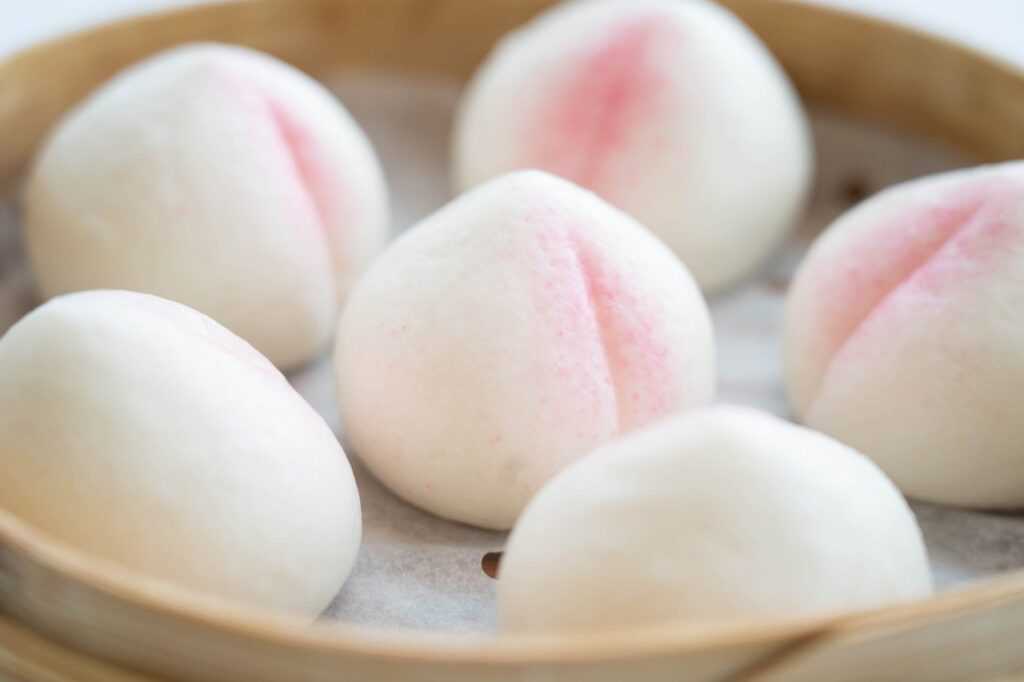5 Year Old Puzzle: Unlocking Early Childhood Development through Play
Puzzles are not just a fun pastime; they also play a crucial role in fostering a child’s cognitive abilities and problemsolving skills. When selecting a puzzle for a 5yearold, it’s important to consider the ageappropriate level of complexity to ensure an enjoyable and rewarding experience. How many piece puzzle for 5 year old should be challenging enough to stimulate their mind but not too difficult to cause frustration. Let’s dive into the world of puzzles and explore the benefits they offer for early childhood development.
The Benefits of Puzzles for 5YearOlds
Puzzles are excellent educational tools that offer a wide range of benefits for young children. Here are some key advantages of incorporating puzzles into a 5yearold’s playtime:
Cognitive Development: Puzzles help children develop essential cognitive skills such as problemsolving, critical thinking, and spatial awareness. Fine Motor Skills: Manipulating puzzle pieces helps improve handeye coordination and fine motor skills in young children. Patience and Persistence: Completing a puzzle requires patience and persistence, teaching children the value of perseverance. Creativity: Puzzles encourage creativity and imagination as children explore different ways to solve them.
Choosing the Right Puzzle for a 5YearOld
When selecting a puzzle for a 5yearold, consider the following factors to ensure it is both engaging and beneficial for their development:
Piece Count: Opt for puzzles with how many piece puzzle for 5 year old that provide a moderate challenge without being overwhelming. A 20 to 50piece puzzle is ideal for a 5yearold. Theme: Choose a puzzle featuring a theme or subject that interests the child, such as animals, vehicles, or their favorite cartoon characters. Size of Pieces: Ensure that the puzzle pieces are large enough for small hands to manipulate easily and avoid potential choking hazards. Interlocking Mechanism: Select puzzles with interlocking pieces to help children develop spatial reasoning skills and make it easier to assemble the puzzle.
Tips for Making Puzzle Time Fun and Educational
To maximize the benefits of puzzle play for a 5yearold, consider the following tips to make the experience enjoyable and enriching:
Set Aside Dedicated Time: Create a consistent routine for puzzle time to help children develop focus and concentration skills. Offer Guidance When Needed: Encourage independent problemsolving while providing guidance and support when a child gets stuck. Celebrate Achievements: Celebrate each completed puzzle as a milestone, boosting the child’s confidence and sense of accomplishment. Rotate Puzzle Selection: Introduce a variety of puzzles with different themes and difficulty levels to keep the experience engaging and challenging.
In Conclusion
Puzzles are valuable tools for enhancing early childhood development, offering a fun and interactive way for children to learn and grow. By choosing a puzzle with an appropriate piece count and theme for a 5yearold, parents and caregivers can support cognitive, fine motor, and socialemotional skills in young children. Incorporating puzzles into a child’s playtime routine can have lasting benefits that extend beyond the joy of solving each piece. So, why not embark on a puzzlesolving adventure with your 5yearold today?




